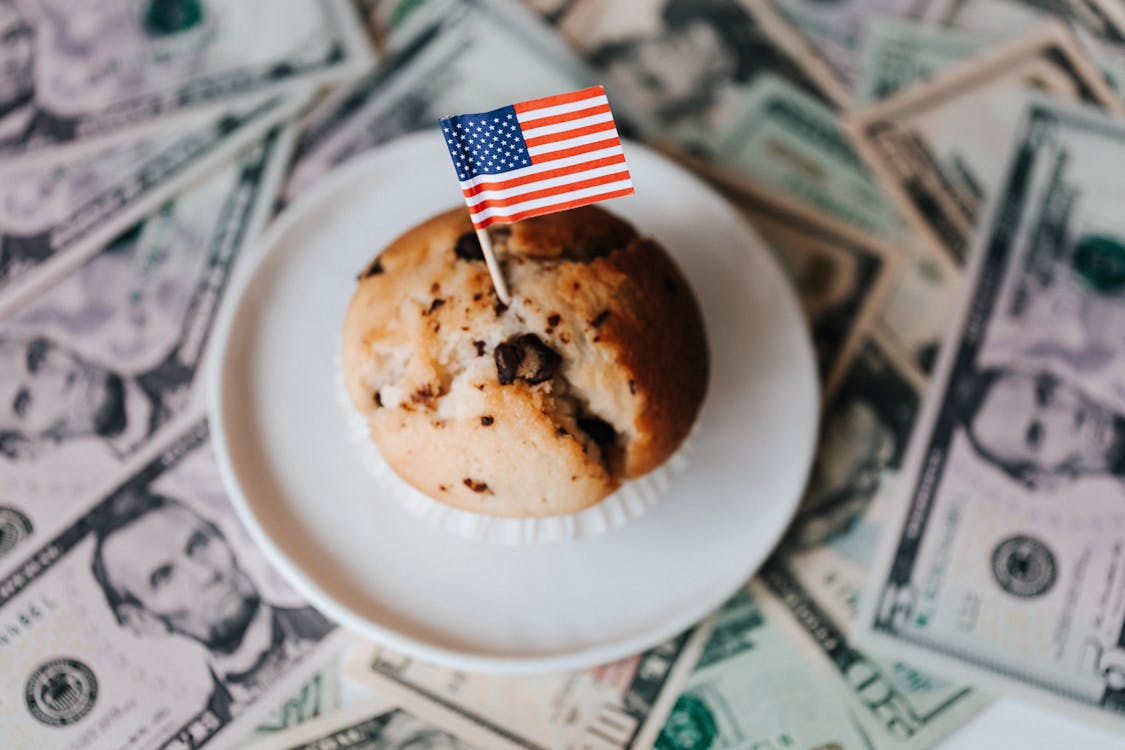Traders Hear What They Want From Powell

Image Source: Pexels
I apologize if today’s headline is inadvertently misleading. One way to read it is that Chair Powell gave a uniformly market-friendly set of opening remarks this morning at Spelman College. The other way is what I intended – that yet again traders focused on the parts of his address that fit their preferred narrative while dismissing the inconvenient issues within.
It appears that this is the section that offered the most encouragement:
Wage growth remains high but has been gradually moving toward levels that would be more consistent with 2 percent price inflation over time, and real wages are growing again as inflation declines.
The normalization of supply and demand conditions has played a critical role in the disinflation so far, as has the substantial tightening of monetary policy and overall financial conditions over the past two years. The strong actions we have taken have moved our policy rate well into restrictive territory, meaning that tight monetary policy is putting downward pressure on economic activity and inflation.
Having come so far so quickly, the FOMC is moving forward carefully, as the risks of under- and over-tightening are becoming more balanced.
In the market’s current mindset, the acknowledgment of a restrictive policy is a good thing. Never mind that it is hardly restricting investment in stocks and now bonds, and that the most recent reading of third-quarter GDP was 5.2%, the prevailing sentiment is that the Fed has a predilection for moving rates back to a neutral, if not accommodative stance. Thus, rate cuts.
The full text of the speech offers little else indicating an immediate move toward rate cuts. He led with the now-standard boilerplate about being prepared to tighten further, even if no one seems to take it seriously. But Powell reiterated more than once that 3%, or even 2.5%, is not 2%
The FOMC is strongly committed to bringing inflation down to 2 percent over time, and to keeping policy restrictive until we are confident that inflation is on a path to that objective. It would be premature to conclude with confidence that we have achieved a sufficiently restrictive stance or to speculate on when policy might ease. We are prepared to tighten policy further if it becomes appropriate to do so.
Inflation has declined to 3 percent over the 12 months ending in October, but after factoring out energy and food prices, which tend to be volatile, what we call “core” inflation is still 3.5 percent, well above our 2 percent objective.
Over the six months ending in October, core inflation ran at an annual rate of 2.5 percent, and while the lower inflation readings of the past few months are welcome, that progress must continue if we are to reach our 2 percent objective.
Herein lies the key difference between Fed rhetoric and market expectations. If the Fed is indeed as serious as they say about not changing rates until inflation definitively reaches its 2% target, then it would be a matter of months before that can be asserted. First, we’d have to get to that level – we’re closer, but not there yet —then presumably we would need to demonstrate that the first 2% reading is sustainable and not a fluke.How many months might that take?Fed Funds futures now show a nearly 70% chance of a cut by March 20th and certainty of a cut, if not more, by May 1st. Does that seem achievable in short order? Markets certainly think so.
While it was entirely possible that the move higher in equities was inevitable, considering that today is both the first of the month and a Friday (we’ve discussed options traders’ ability, if not propensity, to shove markets higher on Fridays), the sharp reversal in bond yields seems more linked to Powell’s speech. Whether it was actual enthusiasm about Powell’s speech or simply a relief that it wasn’t bad news, we see yields about 6-8 basis points lower after being up by about 3-4bp earlier this morning.
Traders are in a jolly mood after a stellar November, and Powell said nothing to curb that enthusiasm. And with the Fed now entering a quiet period ahead of the next FOMC meeting on the 13th, we’re done with Fed-speak for a while after this week’s busy flurry. It will be up to the data, since:
We are making decisions meeting by meeting, based on the totality of the incoming data and their implications for the outlook for economic activity and inflation, as well as the balance of risks.
More By This Author:
FOMO Is Back, BabySelective Listening Among Dueling Fed Speak
Has Volatility Been Permanently Subdued?
Disclosure: The analysis in this material is provided for information only and is not and should not be construed as an offer to sell or the solicitation of an offer to buy any security. To the ...
more


